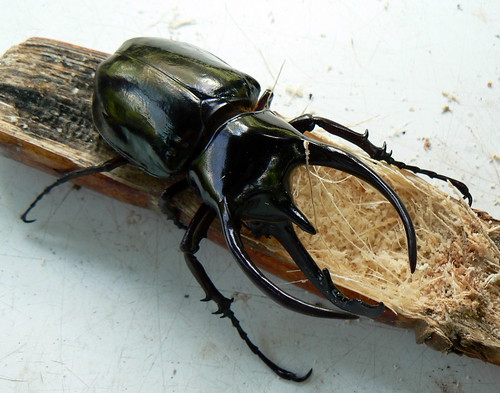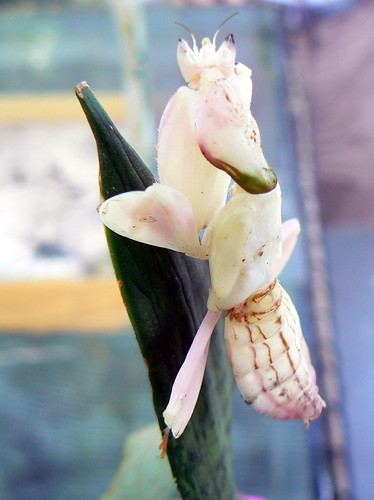I recently visited Bali, with husband and daughter, to spend some time with my brother- and sister-in-law who have started up a diving school in Sanur,
Joe's Gone Diving. With the rest of my in-laws visiting from the Netherlands, it was a delightful family reunion. Husband Martien got his PADI diving certificate. I'll likely do the same at some point, but for this holiday, all I wanted to do was relax!
One of the highlights was visiting the Butterfly Farm, Taman Kupu Kupu, near Tabanan. This is the largest butterfly farm in South-East Asia, and butterflies are bred for research there.
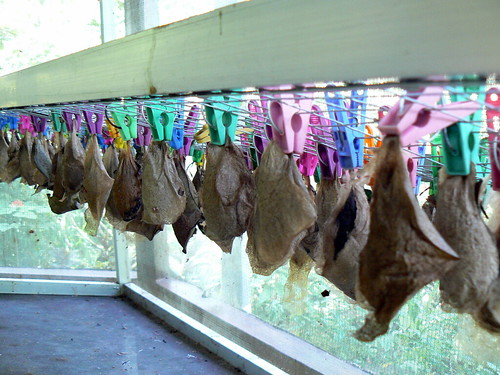 |
| Butterflies in production |
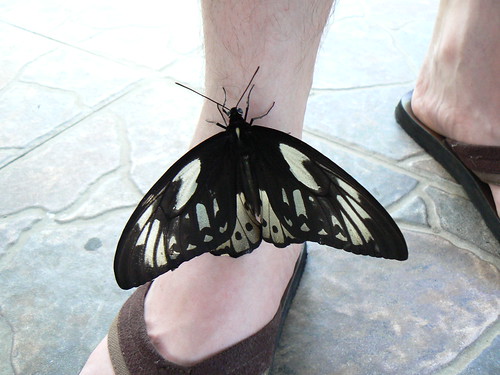 |
| A butterfly visits Martien's ankle |
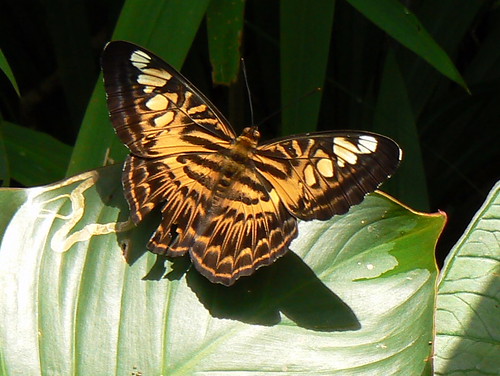 |
| Sorry, I don't know the species name! |
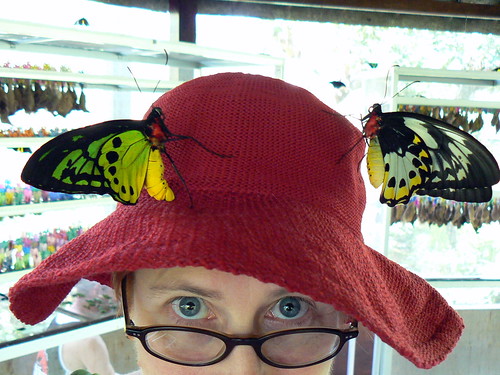 |
| Me, Crazy Butterfly Lady |
Preserved specimens are for sale (only species that are common---nothing endangered!), and given the price (only $AU8 each!), how could I resist? These are next to my desk, in my study.
The cream specimen on the top left is actually a moth,
Attacus atlas, the largest moth on earth, by wing area.
In addition to butterflies, Taman Kupu Kupu have a range of other inverts on display, including this magnificent creature - an orchid mantis,
Hymenopus coronatus. Extraordinary mimicry!
